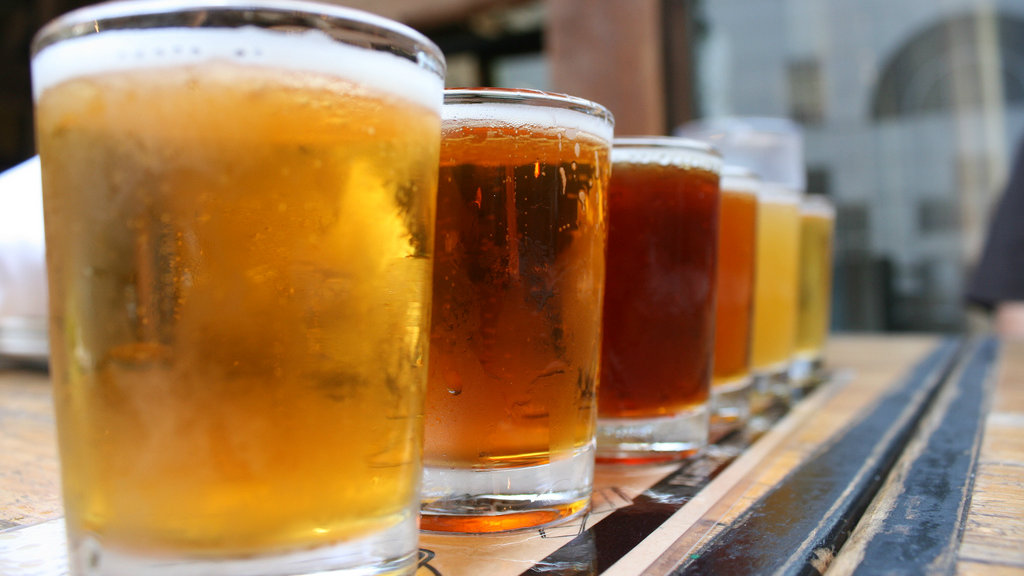Beer has been the favoured drink in North American for many decades, but recent years have shown its market share dwindle. Younger demographics are opting for wine or spirits instead, and the marketing strategy of beer companies has become dated. In North America, the top beer companies have tended to market mainly to a white male demographic that is in decline relative to other rising demographics. This has put the beer industry behind the curve.
There are other challenges for the market as well. The legalization of recreational cannabis in Canada could pose a big threat to the market share of alcohol companies. According to a report from Canadian Imperial Bank of Commerce, by 2020, cannabis will overtake alcohol for consumers. It projects that Canadians will consume 1.7 million pounds of cannabis annually by the time the retail market ramps up.
This is a trend that has occurred south of the border in states that have also legalized recreational use. In 2017, cannabis sales overtook cannabis in Aspen, Colorado, as the industry generated $11.3 million sales compared to $10.5 million. A report from the U.S.-based Cannabiz Consumer Group (C2G) predicted last year that legal recreational cannabis could cost the beer industry $2 billion annually in sales. It posted a survey that showed 27% of beer drinkers substituting cannabis for the beverage.
Does that mean investors should steer clear of the beer industry right now? Not necessarily. There are still a number of positives to glean, especially with small brewers carving out a place in the monopoly-heavy industry.
Brick Brewing Co. Ltd. (TSX:BRB) is one such company. The Kitchener-based company produces beer and vodka. Some of its brands include Waterloo Brewing, Landshark, Margaritaville, Laker, and Seagram. Its stock has climbed 5.6% in 2018 as of early morning trading on June 28.
In 2017, the market research firm IBISWorld pointed out that smaller breweries have been able to take advantage of “economies of scope.” Smaller brewers are able to carve out a market dominated by the industry giants by catering to more customer tastes. It is a strategy that has yielded success in recent years. The number of breweries grew from 310 in 2010 to 775 in 2016.
Brick Brewing has also capitalized off this trend, but the company has also faced hurdles over the past two years. Its first-quarter results highlighted some of these challenges. The company credited poor weather in the spring for dragging down industry volume by 6%. It posted net revenue of $10.6 million compared to $11.5 million in the prior year. Brick Brewing also reported a mixed bag for its top brands, with the Waterloo family experiencing growth of 6%, but Laker fell 3%, while Landshark and Margaritaville both reported a 17% decrease.
CEO George Croft was confident in its bounce back in the report, as the peak summer season is now underway. The board of directors also announced a dividend of $0.02 per share, which represents a 1.3% dividend yield.
Brick Brewing is currently valued under $4.50 and could be a sneaky pickup, as business picks up in the warmer weather.








